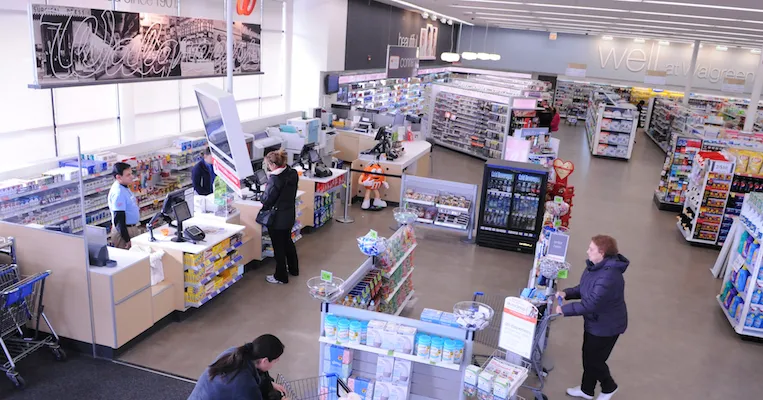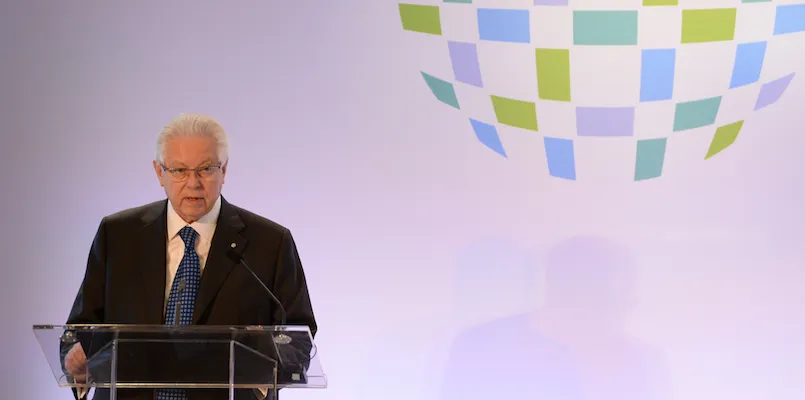Many beauty mavens have fond memories of some of their first product experiments. When we were eager tweens or teens, lip balm, nail polish and fragranced body splashes and sprays were some of the first products most of our mothers let us try.
Laureen Schroeder, Daymon Worldwide
The next step was experimenting with facial masks at sleepovers or slumber parties with our girlfriends. It was so fun to slather on the clays, mud, lotions and potions on our faces and laugh at ourselves in the process. Long before the term “selfie” became iconic, these were photographic moments in our lives. They created emotional bonding and fond memories that connected us to those first beauty products, a relationship most companies and brands strive for today.
Once relegated to special spa days and slumber parties, face masks have gotten serious and earned a place in almost every skin care regimen. As a result, specialty beauty retailers, department store brands, mass merchandisers and drug stores are now regularly launching facial mask programs.
This is a global trend, with new products being launched in Canada, Europe and the new epicenter of beauty, Korea. According to NPD Group, in the U.S. prestige market facial masks annual sales were valued at $65.5 million in June 2014, up 60% from the preceding year. Facial masks significantly outperformed much larger segments in the face care category, such as facial moisturizers.
Big beauty players like Estée Lauder and L’Oréal see facial masks as the wave of the future in skin care. Estée Lauder acquired the cult favorite, Glam Glow, in the fourth quarter of 2014, seeing it as an opportunity to attract a younger customer base. This was on the heels of L’Oréal’s acquisition of Magic Holdings, a China-based maker of facial masks. L’Oréal has long been interested in transdermal carriers to deliver the next generation of skin care solutions.
This time, the marriage of technology and ingredients is providing problem/solution approaches and actually does deliver. These products often contain greater concentrations of active ingredients and moisturizers than past formulas of serums, creams or oils. Chemists can achieve such high levels because they don’t have to worry about the feel or blendability of a product. The sheet masks, which are sealed in single-serve pouches, also have extra efficacy because they are protected from the air, which can weaken important ingredients. The delivery system allows for ingredients to penetrate the skin better and therefore makes them more effective.
Many facial mask lines use active natural ingredients, which appeal to the ever evolving and growing global wellness consumer. Such naturally sourced ingredients as bamboo, aloe, mung bean, green tea, cucumber and tea tree help deliver extra hydration. For antiaging and firming solutions, pomegranate, cornus fruit, cranberries, olive oil and raspberries, which are rich in both vitamins and antioxidants, promote tightening and boost elasticity.
Facial masks are appealing to all ages of women for a variety of different facial concerns, from dullness, dryness and wrinkles to redness and breakouts. These mask marvels appeal to those impacted by the “selfie” movement, which increased the importance of “picture-perfect skin,” as images become a key communication tool for today’s beauty care consumer (Euromonitor Passport, April 2014). Better technology and delivery systems make these masks more potent and convenient. Facial masks complement the products women are currently using and act as a reset button for skin. Masks force women to slow down and take a “spa-cation.” And accessible price points make this instant gratification a “luxury for all.”
Feedback from consumers has been overwhelmingly positive. Online sentiments gleaned from Daymon Worldwide’s proprietary tool, Net Base, revealed a positive net sentiment and a high passion intensity score. This suggests that these products could also deliver on the emotional connection that brands seek and could encourage repeat consumers.
So what’s next in the world of facial masks? Beauty enhancements while you sleep.
The U.S. market is already seeing sleep masks, which are all the rage in Korea. We also will see full facial mask lines as well as line extensions into current skin/face care and beauty brands. We will see more face mask launches with exclusive beauty brands. We will see natural lines as well as clinical approaches. As seen at Cosmoprof in Bologna, the innovation pipeline will include part-specific formulas such as masks for lips, neck, eyes and the T-zone.
What’s exciting about these new skin care possibilities is the opportunities for retailers to position their private brand offerings as irresistible “entry” opportunities for today’s beauty consumer to try up-and-coming products. Retailers that get to know exactly what their shoppers are looking for can curate their private brand beauty offerings and pair them with rich in-store consultation services or sampling opportunities that will help their shoppers to navigate what’s new, what’s best and what’s not offered anywhere else.
In today’s fragmented retail world, particularly in the highly competitive and emotionally charged beauty space, these simple but meaningful connections not only differentiate retailers from their competitors but also attract the loyalty of the consumers who depend on them as a go-to beauty resource.
Laureen Schroeder is the global director of health, beauty and baby at Daymon Worldwide. She can be contacted at lschroeder@daymon.com.








